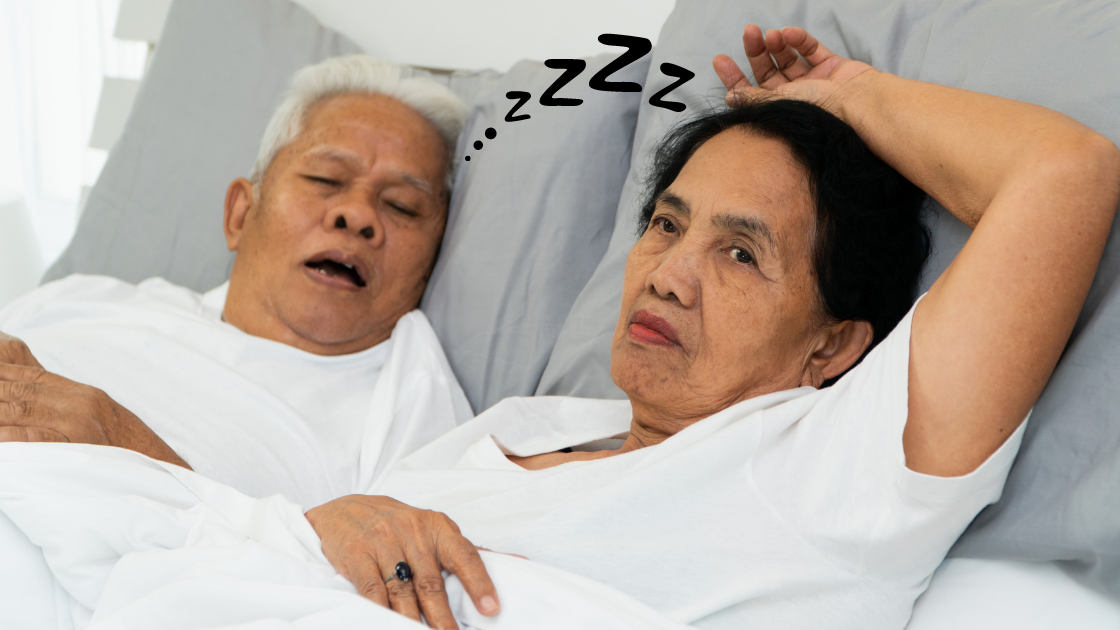Got sleep apnea? Hypoglossal nerve stimulation (HGNS) is an optional treatment for obstructive sleep apnea, or OSA, that utilizes electrical impulses similar to those from a pacemaker. HGNS works by activating muscles that protrude the tongue, which help open up the airway and reduce obstruction during sleep.
The surgical procedure involves implanting a device in the upper right chest beneath the skin, similar to a pacemaker. This device has a generator that generates electrical impulses, a breathing sensor and stimulation electrode that touches hypoglossal nerve.

An otolaryngologist or ear, nose, and throat specialist will perform surgery in either a hospital or outpatient clinic setting. The surgeon will make several small incisions.
The implantable pulse generator, or IPG, is placed beneath the clavicle bone and above the upper right chest muscle. Its electronics and battery are securely housed within a titanium case. Inside, an algorithm within the IPG syncs hypoglossal nerve stimulation signals with respiration signals for improved comfort.
From the IPG, a small wire extends to stimulate an extension of the hypoglossal nerve. A second wire goes to your chest wall and is connected to a sensor which detects when you breathe during sleep.
When the breathing sensor detects that you’re inhaling during sleep, it will send a signal to the IPG to stimulate the hypoglossal nerve, resulting in muscle contraction that propels your tongue forward.

Sleep apnea can be treated in various ways, including continuous positive airway pressure (CPAP). For those who find CPAP device uncomfortable or have other medical conditions that affect the brain and heart, HGNS is an alternative treatment which has been demonstrated to improve sleep and reduce obstructive apnea symptoms.
– Easmed Singapore


